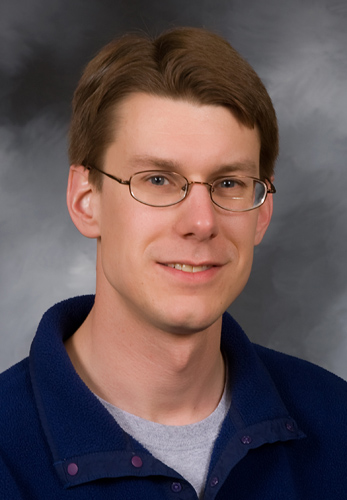PhD students Tara Bal (SFRES) and Meagan Harless (Biological Sciences), along with Joan Chadde of the Western UP Center for Science, Math and Environmental Education, put on a Nature Teacher Workshop Tuesday at the Nara Nature Center. Thirty local teachers attended the session.
Bal talked about insects; Harless talked about streams and ponds. The session was based on “Hands-On Nature Activities,” a guide with information and exercises for outdoor and environmental education with children. All participants received a copy of the book.
The workshop was sponsored by the Western UP Center and the Lake Superior Stewardship Initiative.
Published in Tech Today.
